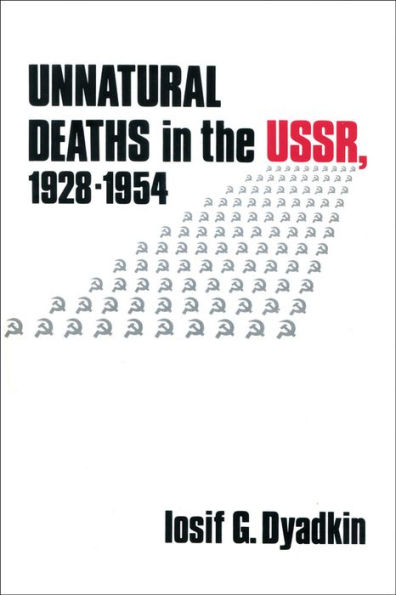losif G. Dyadkin was professor of geophysics at the All-Union Geophysical Research Institute, Kalinin, USSR, until his arrest in 1980 for writing this work and sending it to exiled author Alexander Solzhenitsyn. He is the author of more than fifty articles on geophysics.
Nicholas Eberstadt holds the Henry Wendt Chair in Political Economy at the American Enterprise Institute. He is also a senior adviser to the National Board of Asian Research, a member of the visiting committee at the Harvard School of Public Health, and a member of the Global Leadership Council at the World Economic Forum. His previous works on Korean affairs include The Population of North Korea(co-author), Korea Approaches Reunification, A New International Engagement Framework for North Korea?, Korea’s Future and the Great Powers (co-editor), and The End of North Korea.



